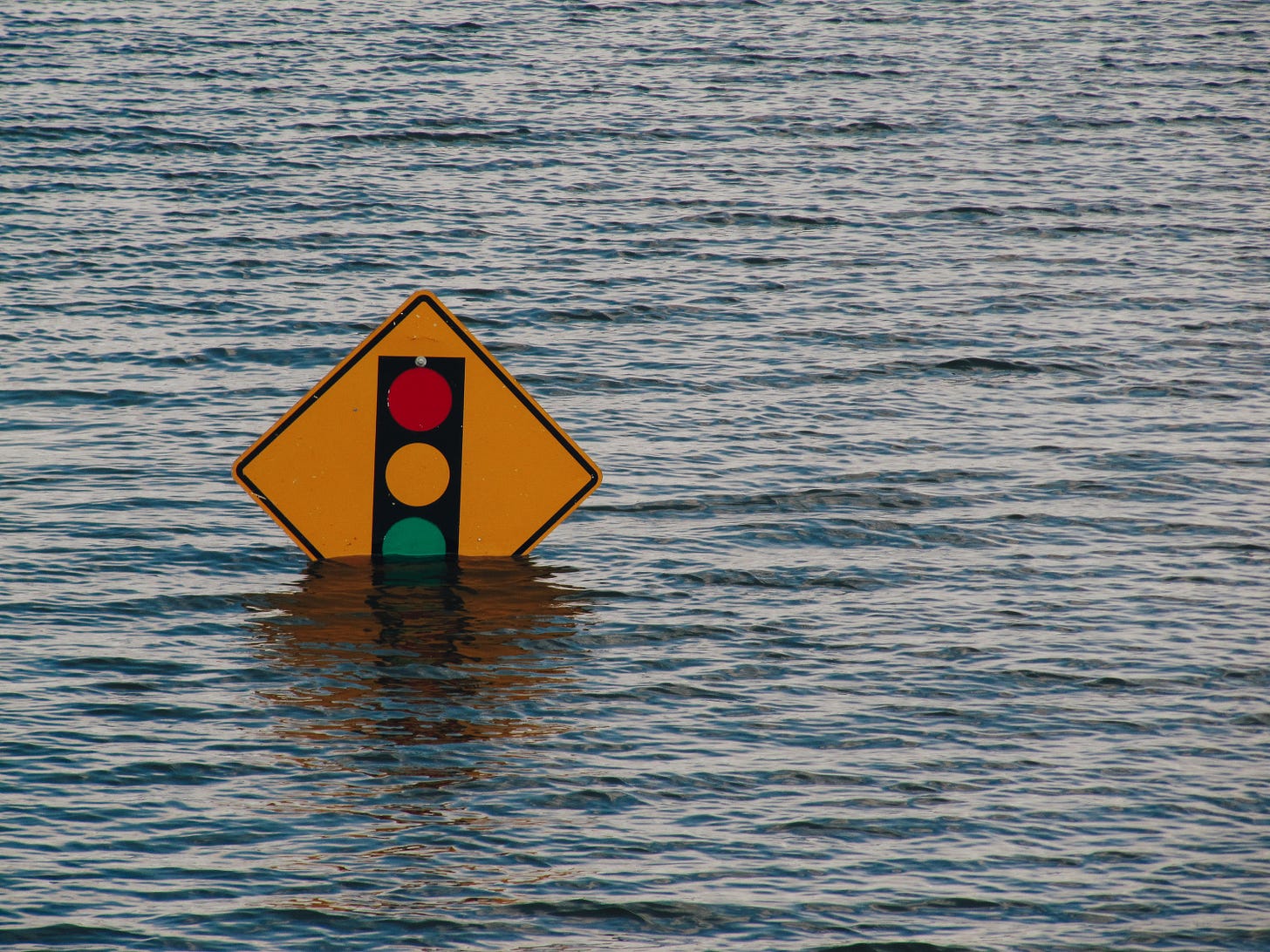
Today we're reaching back to the basics and talking about an integral part of bugging out. In many ways, your bugout bag is the easiest piece of your bugout process—you threw some cool gear in a bag and zipped it up and called yourself prepared. But you still have to get where you're going, gear or no. Do you know where you're going?
Your Destination
In order to bug out, you have to have a safe place out to which you will bug. That means that you've thought about the possible disasters and have destinations in mind in accordance with them. For instance: if your primary threat is a flood coming from a river to your west, you wouldn't pick a bugout destination in that direction. If you're trying to flee from civil unrest, you wouldn't want your destination to take you through the center of your city. With that in mind:
Plot multiple destinations—you don't want to learn your only remaining shelter was wiped out.
Figure out your most likely disaster. You can plot all you like for a cataclysm that feels more epic, but in the contiguous United States, more often than not you're looking at a flood. Plan accordingly. Find out where your local dams and water sources are. Flood tables are necessary documents in a lot of areas, and can be useful as well.
Have a backup ready. Separate from your multiple destinations, you may find that the particular disaster that has struck had left you with only your wildcard option. Have a wildcard option.
Your ideal place to seek shelter from a disaster is going to be an extant house—that is, you're running to a friend or family. In rare circumstances are you going to want to flee to the wilderness (say, nukes, and you're getting away from fallout upwind and upriver—godspeed). Talk to these people ahead of time. If you're within radio range, consider buying some alternative methods of communication in case phone lines and power goes down.
Your Route
All the hopes you have pinned on your destination depend upon your bugout route. Your routes (and it should be routes, plural) should be burned into your memory so that you're not entirely dependent on a map or your phone in an emergency. You'll want to be able to improvise should something block your path, and get back on your route when able.
For most disasters, like a flood, common sense wins the day. Don't travel through any low-lying areas, or plan on crossing rivers or streams. If this is a large-scale disaster, you'll also need to be concerned with traffic. Is this an ongoing flood, or is a storm still raging? You don't want to be stuck in traffic at street level because the road ahead is flooded, and the waters are rising. A deceptively small amount of water is necessary to float a car, and if your car is floating, you can be pulled into a current and dragged to deeper water. Fleeing a fire is a different scenario, but common sense still saves you. Don’t travel through a smoke-occluded area unless you have no other choice, for instance. Some other semi-obvious points include:
Consider how your options change in the event that you have to escape on foot, instead of in a vehicle. Can you make it to your original shelter on foot, or will you need to find an alternate?
Leave early. The quicker you leave, the more likely you're ahead of the rest of the pack and less likely to be mired in traffic.
Be mindful of secondary dangers. For instance, earthquakes are frequently accompanied by aftershocks, gas leaks, and fires. Storms and derechos can strand you in the middle of a road due to downed power lines.
Be sure your family members have copies or intimate knowledge of your route and destination should you be separated.
Evacuating Your Home
Federal entities will advise you to be able to evacuate your home in the event of a disaster within 10 minutes. In order to do so, you’ll want to be doubly sure that everything you need is in just a few locations.
Bugout bag: Your survival supplies are here, and are your first priority. This bag, as always, has water, food, a change of clothes, medical supplies, tools, a radio, and a weapon.
Go bag: I only call this a “go bag” because it should be discrete from the bugout bag. It could be a manila folder, a Zip-loc bag, anything. It holds your vital documents, like a passport or birth certificate. Ideally this sort of bag is held in a fire-proof safe, and retrieved from there when necessary.
Luxury bag: This bag holds more clothing, more food, toiletries—supplies that will keep your life feeling livable, not just survivable. All of your family members should have such a bag packed and ready.
Since I haven’t mentioned any politics so far in this newsletter, let me just remind you that we’re in a crumbling oligarchy and in order to survive we must band together and separate ourselves from capitalism and be a united front against fascism. The more people ready to get through the disasters headed our way, the better all of our chances are.

